|
I finally made it! I had planned to spend a few days in Paris before heading to the West Coast to meet with my family there and some of that time was going to be dedicated to my HiFi freakiness! It started very well with a lunch with Jean-Paul Guy, just a few hours after landing from Australia and a visit to Presence Audio Conseil, one of the top dealers in the City of Lights. But first thing, first on the Monday morning (after a pit stop at arguably the best boulangerie in town, Du Pain et des Idées, for the the flakiest croissant ever!) I took the metro to the Sentier station and here it was, a few meters away in a magnificent late 19th century building that took part in the 1898 facades' contest, hosting the whole company from showroom on the ground floor to offices and R&D on the other floors. It is a very big space, very confutable with the highest quality fittings and finishes, thanks to some famous investors money... The main space is dedicated to static displays of the products and a demo space for the Phantoms in stereo together with a very big screen advertising the company's technological breakthroughs and main features. The demo itself is completely based on Tidal running on an iPad and feeding the Phantoms via Bluetooth. Difficult to be simpler and at about A$7,700 including a free subscription to Tidal for a year, it would be hard to assemble a separate components system to match the sonic result... I had listened to a single Phantom at Len Wallis Audio a few months back and was suitably impressed! But the stereo experience is ten times better, as you suddenly can appreciate the polar response of what is essentially a compact Cabasse Sphere (at a fraction of the price...) Tidal had all my favourite test songs in store, so I could fully investigate these revolutionary speakers. For the first time also, I had a chance to look at the guts of the beast and that was another good surprise - although I was not expecting to be disappointed. This product is highly sophisticated inside and outside, using the best electronic and mechanical design tools and manufacturing techniques available today. Obviously, the bass driver assembly is the talk of the town here, and even if I still not sure I can trust the distortion figures in the very low part of the spectrum, I have to acknowledge here the fabulous work of Philippe Lesage, ex-Audax Technical Director and founder of renowned pro audio drivers manufacturer PHL Audio. The principle is derived from the Bruel & Kjaer vibrating pot but that's about it in terms of inspiration. The rest is pure mechanical and electronic genius! If I were a 30 something young executive today, I would certainly buy a pair and be content with it. If I were the same hifi freak as I am, then I would also consider moving up to the Expert amplifier and a pair of SAM compliant speakers...and that was the second part of my demo time there... Out of 5 or 6 pairs of very good loudspeakers, it just happened that these beautiful Sonus Faber columns were wired in, so I decided these would be good enough for our experiment. Now, we are talking 5 to 6 times the price of the Phantoms, as you will need two Expert amplifiersapnd the speakers... And its shows or rather it sounds! The specifications are astonishing as per below, to be compared to the latest Bryston 4B cubed amplifier (my reference...)
Whether or not, one can hear the difference is a matter for further discussion, but Devialet has another weapon of sonic construction with their SAM software which basically digitally corrects some of the imperfections of your speakers (645 of them at last count, quite a choice by anybody's standard!). The Sonus Faber are already a very fine set of speakers out of the box, but SAM gives them another level of transparency and smoothness.
Another impressive feature of the Expert is in the range of inputs available from turntable (and precise matching of almost any cartridge...), any line source, bluetooth, NAS or streaming services... Our friend Ken Kessler, of HIFI News fame, who is not famous for being Francophile when it comes to Hifi is a fan. That says a lot! I had a great time and I was looked after very well by a quite knowledgeable young man. He promised to send me more technical information, but in typical French fashion, I have not heard from him yet... I will keep you posted with an update when I receive his correspondence. So, if you are in Paris, spare the time to visit: it is well worth your time!
The iconic venue, known originally as the PLM Saint Jacques, was built in 1972 and designed by Pierre Guidicelli. It has been home to numerous Hifi Shows and the last one on November 21st and 22nd. I sent my own reporter in the person of Jean-Paul Guy, owner of GUY H.F. and speaker manufacturer extraordinaire for decades. He was kind enough to take photos of what he thought interesting and added a few notes that I will post here 'en anglais', lucky readers!
And no, Elipson was not there, as they had chosen to exhibit at the the other Hifi Show organised by Jean-Marie Hubert a few weeks before. But you know my passion for Elipson...
The "cloud du Salon" was in fact Deviate with their fabulous amplifiers but mainly for JPG and myself, the Phantom speaker! Jean-Paul has actually revealed to me that our other friend Philippe Lesage, ex Technical Director of Addax when I first met him and now director and owner of PHL Audio was heavily involved in the design of the bass drivers. He was also involved in the design of the drivers for the 4260 Elipson a few years back and in the design of my main driver for Microphase, an enhanced version of the MHD10. Mr Legorgu, Director of Addax at the time said to Jean-Paul: "I have just hired a savant!". Not a small token of appreciation! Philippe actually took over from Jacques Mahul, who didn't do too badly either after leaving Audax... I have recently posted about my first experience with the Phantom, and interestingly enough Jean-Paul have a similar conclusion saying this might be the end of the Utopias, Wilson Audio and other big contraptions. He is also mentioning the reference to Cabasse with the same comment i-e, this works!
I will continue with other French products like LEEDH, the amazing small speakers designed by Gilles Milot, another ex-Audax engineer, by the way...Jean-Paul, who is an art lover and connoisseur, calls him the "Giacometti" of the speakers. You can find more information about Gilles Milot and his speakers elsewhere on this blog. Since my last encounter, Gilles Milot has developed a matching subwoofer. There are obviously similarities in the design intent with the Deviate phantom, although this one is passive for the satellites, but active via a traditional amplifier for the subwoofer.
.This new subwoofer is based on the isobaric principle popularised by Linn decades ago. Here two 23cm drivers face each other in a 16L enclosure (Atohm LD23CR08) and two Pro Audax 38cm (AAC PR38T0). A two-channel 300w plate amplifier also from Atohm drives the woofers and gives the system the efficiency and the low end of 20 Hz at -1dB (to be compared to the 16Hz of the Phantoms). The main benefit of using this subwoofer with the E2 is to relieve them from trying too hard to move air to reach down to 50Hz, giving the whole system breathing space. If you read French, then I recommend you read the review on EVMAG here
The usual suspects were also there as in Focal presenting the new SOPRA, an avatar of the Utopias driven by Octave Audio amplifiers, PE Leon using YBA amplifiers and Davis Acoustics still pushing the Karla, one of their best design ever.
There was also an interesting contingent from our British friends who crossed the Channel for the occasion... B&W were presenting the famous Nautilus, and the new 802 D3 with amplification from Classé Audio and Devialet, KEF with the Blade 2 and Pass Labs amplifiers (not for the faint hearted...)
I couldn't resist sharing this video with you...It will save you the time to search for it!
This is by no means exhaustive and I have to say a "grand mercy" to Jean-Paul Guy who went to Paris from his sleepy village of Bourbon-Lancy specially for the occasion, at a time where most Parisians were staying indoors after the terrorists attacks. Well done my friend!
ELIPSON Emotion Leon (Joseph, bien sur...) Innovation Professional Sphere ORTF (Office de Radio & Television Francais) No compromise This is how the new Elipson communication is structured, a good balance of nostalgia and revival. The new 4260 is certainly a fine example of all these attributes, and I am sure, Joseph Leon would approve of the new design. Interestingly enough, PHL Audio, and Philippe Lesage, are providing the main drivers of exceptional characteristics, as you would expect from a manufacturer of pro drivers. So, the midrange is left to a 21cm (8") driver with a phase plug, and the bass to a 38cm (15") unit, both paper based and very high efficiency, as the final product has a 92db efficiency - not a small feast for a speaker that size! The power capacity is a whopping 250Watts RMS ( real watts...you can read about the different ways of measuring power for loudspeakers on the PHL Audio website). The tweeter is custom made from Scanspeak, a very well known Danish manufacturer. Elipson had prepared quite an extensive demo on CD, although a turntable was also on hand for the vynil enthusiasts. The sound was spectacular on jazz and percussions particularly, thanks to the 38cm and the tweeter. On the only classical recording played, the orchestra sounded a bit dull and not full-bodied, but I guess, it was that particular recording. On female voices, the 21cm gives its full delivery, smooth, precise, quick. After only six pieces of music, overall the result was splendid and very much part of the Elipson heritage. For a more thorough review, (and the story of another hifi freak...) I recommend you go to www.passion-elipson.com I had an extensive chat with the mechanical designer of the 4260, a young man called Cedric Leon (sic!, and he is not related...) who was very enthusiastic about the product and clearly very happy to work for Elipson. It was very refreshing to meet somebody from a much younger generation being as passionate as I was when I first heard the 4040 in the 70s... Maybe he will have his own blog one day... Browse through my collection of photos of the stand and the 4260s as well. Another product that seems to be the next one to be revived is the sphere with the diffuser, using (maybe...) the coaxial driver used in the new Planets. Can't wait to hear them! A big distributor of audio and video products in France, DEA International, has revived the Elipson brand with some exciting new products like the 4260, a modern incarnation of the famous 4040. You can visit their site: http://www.elipson.com
The 4260 is equipped with drivers made by PHL Audio, and designed by Philippe Lesage, the man who helped me customise the Audax driver I used in my SAT speakers. That a sure sign of a winner. I can't wait to listen to this new avatar of a classic! Stay tuned for more news... They will be exhibiting at the Salon Hifi & Home Cinema in Paris in a month time at the Pullman hotel. More details here:http://www.spat.fr/hifi/ DEA also distributes Canton, Ortofon, Perreaux, Shanglin and Thorens entre autres. The cabinet As previously described in my last post, the cabinet was designed as small as possible to match a MIDI system and big enough to allow enough bass. The final dimensions were set as 200x200x150mm, giving us a 3.9 litres internal volume. The cabinets were provided as a mirror-image set. This is a bass-reflex arrangement with a 2.5cm diam, 4cm long port generating a -6dB point at 70 Hz. Because the voice coil is longer than the standard version, one can adjust the bass control on the preamplifier (sacrilege...) and extend the bass output down to 50 Hz without distortion at normal listening level in a small room - which was our target market to start with. We will discuss in a later post how we increased the bass output with the addition of subwoofer(s) We had been looking at various materials to build the cabinet, and apart from the obvious MDF, we wanted something that, once varnished, would show the material itself, so we settled on a very dense marine birch plywood, 15mm thick. We shopped around for a cabinet maker and Philippe Lesage recommended we talked to Jean-Paul Guy of Guy HF in Bourbon-Lancy, a small town in the centre of France, not far from St-Etienne, famous for its manufacture of weapons, and for us audiophiles, where Focal-JMLab and Jacques Mahul operate. Philippe had said to me that Jean-Paul was rarely taking new clients on, but that my design might interest him. It is quite a trek from Paris to Bourbon-Lancy, but after a few phone conversations, I decided to go with a pair of prototypes made in Paris. Jean-Paul asked many questions, listened to our product, and started suggesting a few modifications/upgrades and manufacturing tips: We were in! At the time, Focal had started 4 years before and was beginning to be a serious client for Guy HF, so much so that it ended up taking 49% of the shares in 2003 and bought the company over when Jean-Paul decide to retire. He is still a technical consultant and the factory is making the top of the range from Focal-JMLab today, as in the Utopia and avatars. One thing that Jean-Paul was an expert at, among other things, was the varnish: we never found anybody that could do a varnish that was not shiny, but smooth as an anodised aluminium finish. That gave our speakers an elegance that nobody else could match at any price. The filter
We chose a Linkwitz-Riley configuration because this 12 dB per octave crossover is designed to solve the problem of centering the main lobe of the forward radiation pattern of a two-way speaker system. This crossover is unusual in that each filter is down 6 dB at crossover (in this case around 5400hz, to avoid the resonance of the tweeter and take advantage of the full range of the bass/midrange driver) and that the two drivers are actually "in phase" at all frequencies when the drivers are wired in opposite polarity. That is, even though the filters have their own characteristic phase responses the phase difference between the two output signals is the same at all frequencies. As a result, each filter section has the same group delay. This crossover is recommended over the 2nd order Butterworth type due to its accurate summed frequency response and forward pointing main lobe. We also aligned the two drivers physically to adjust the time delay between the tweeter and bass/midrange driver. This also gave the cabinet its typical look, showing the structure of the plywood on the edge of the "pyramid" supporting the main driver, a very ancient Egyptian concept. This eventually translated into the name and the logo of the company. Here is a schematic of the filter and a photo of its implementation: |
AuthorBorn in France, well travelled, relocated to Sydney in 1997. Archives
July 2023
Categories
All
|
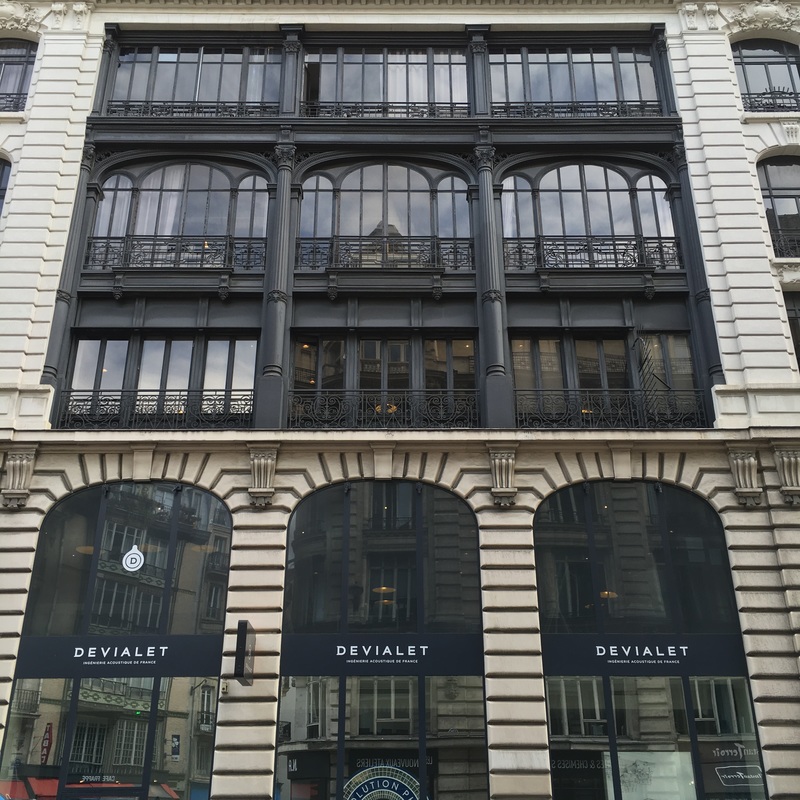
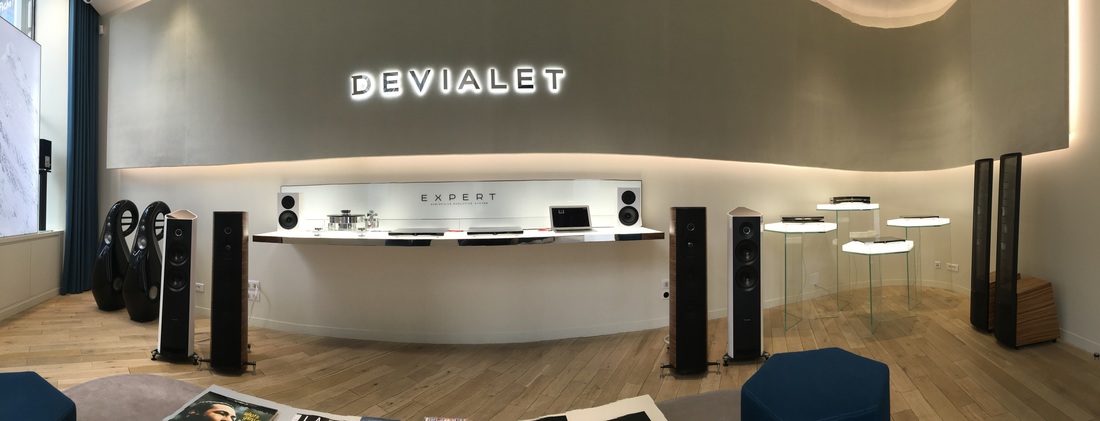
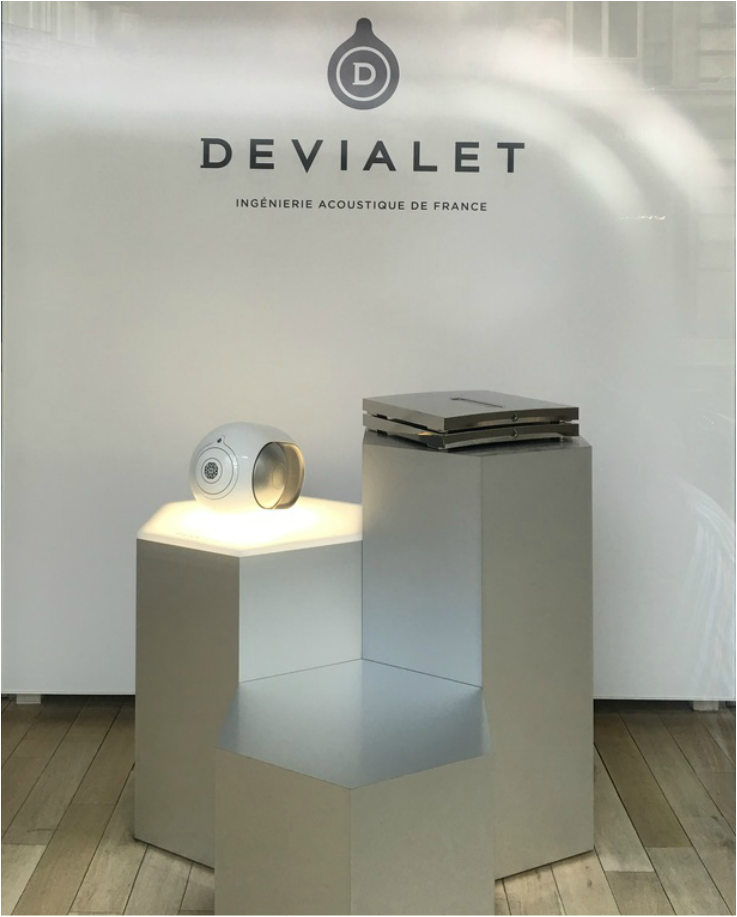

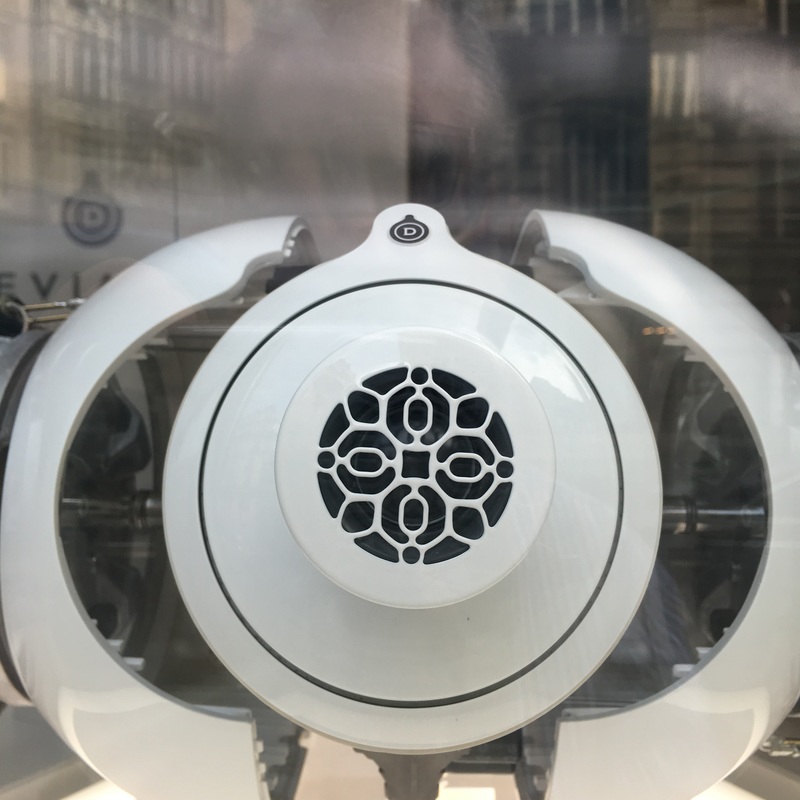
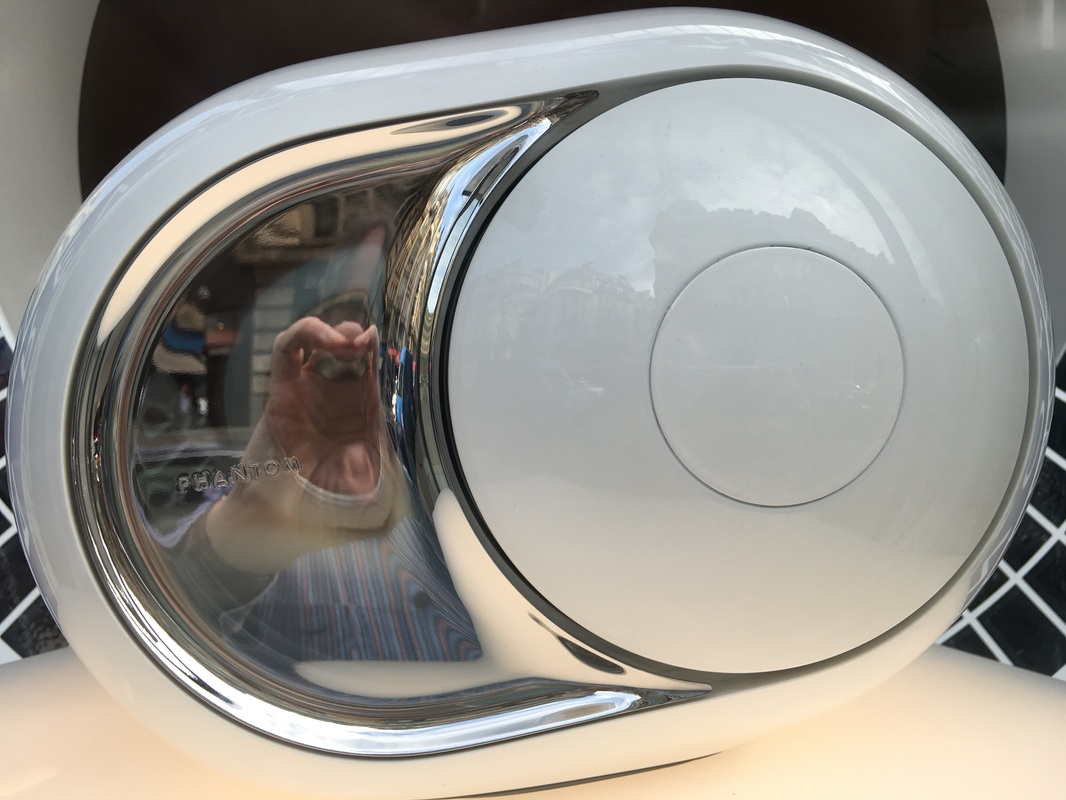
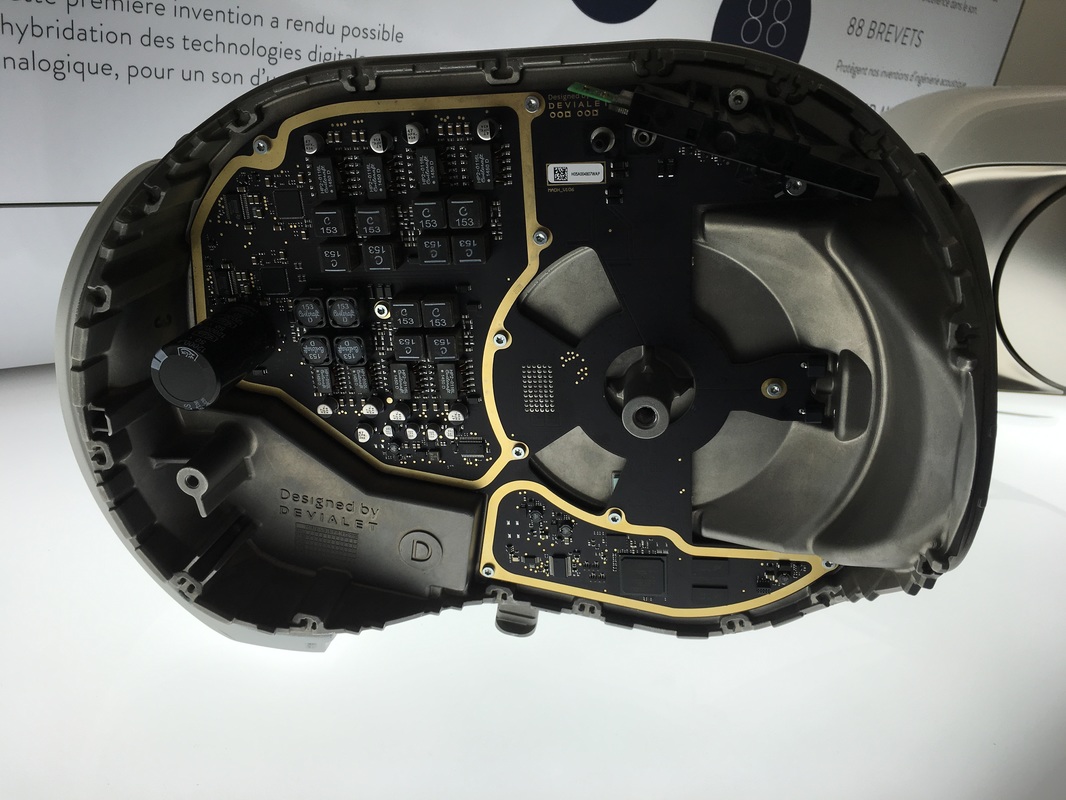
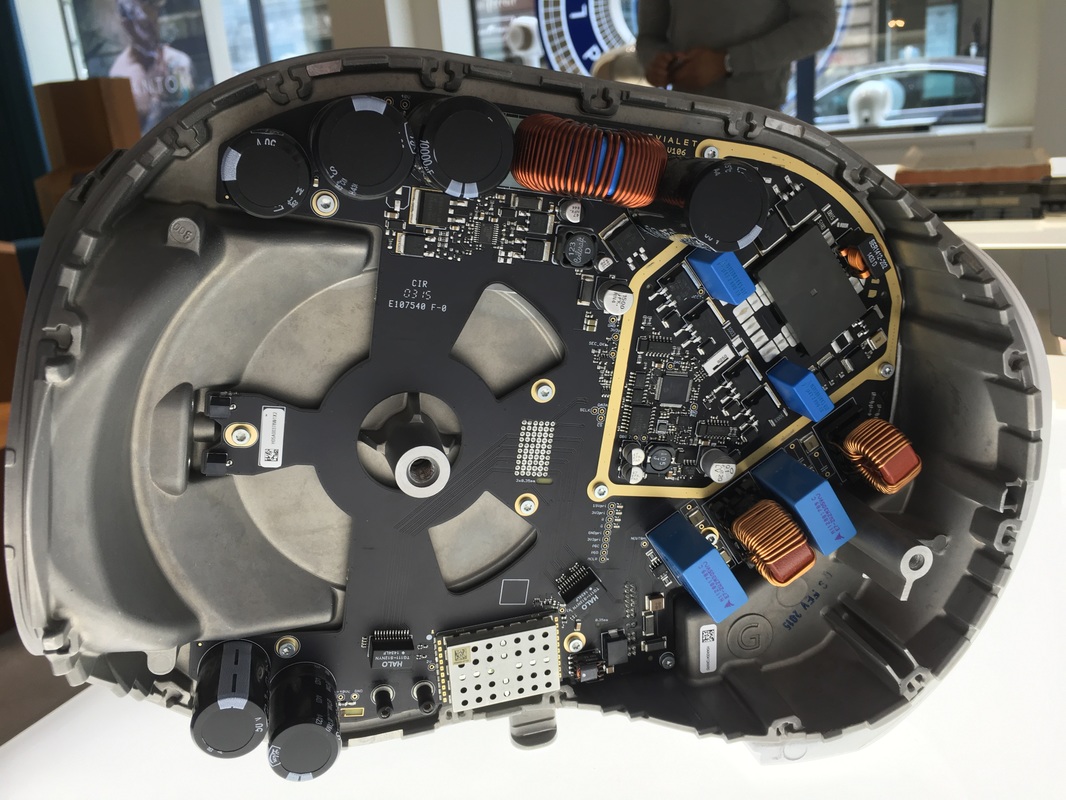
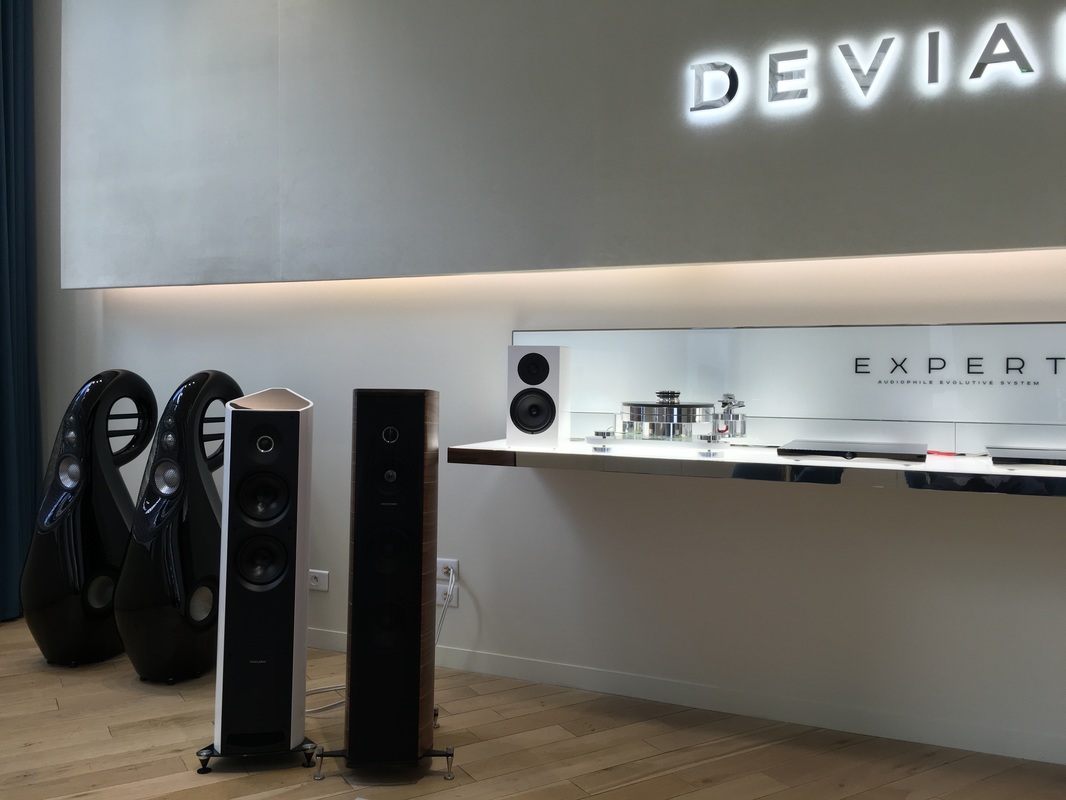

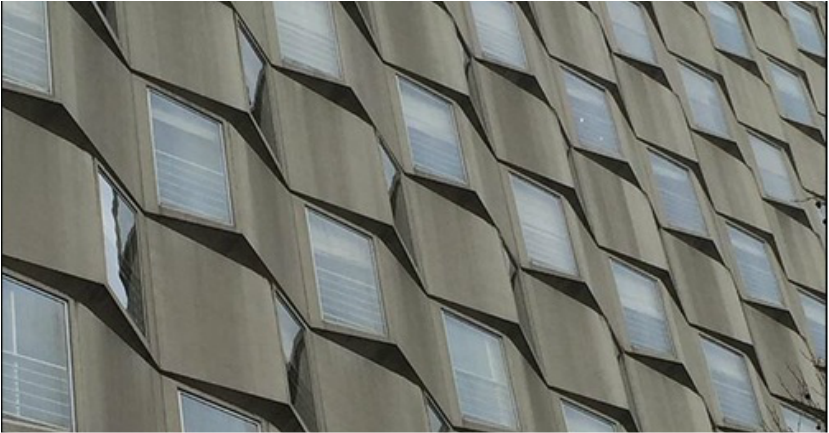
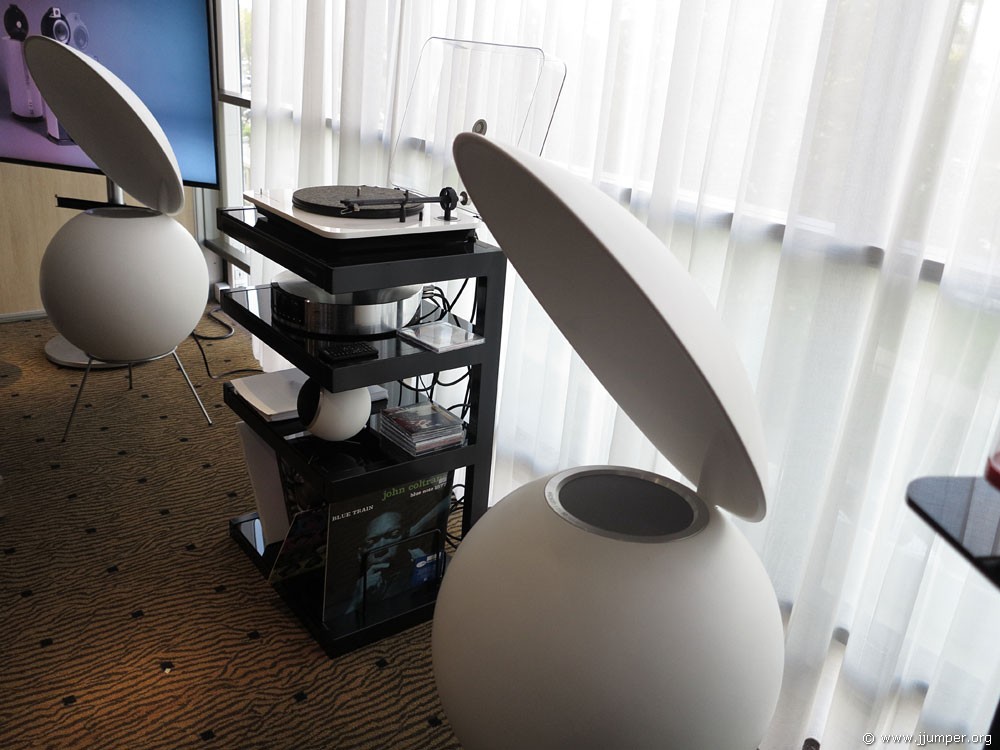
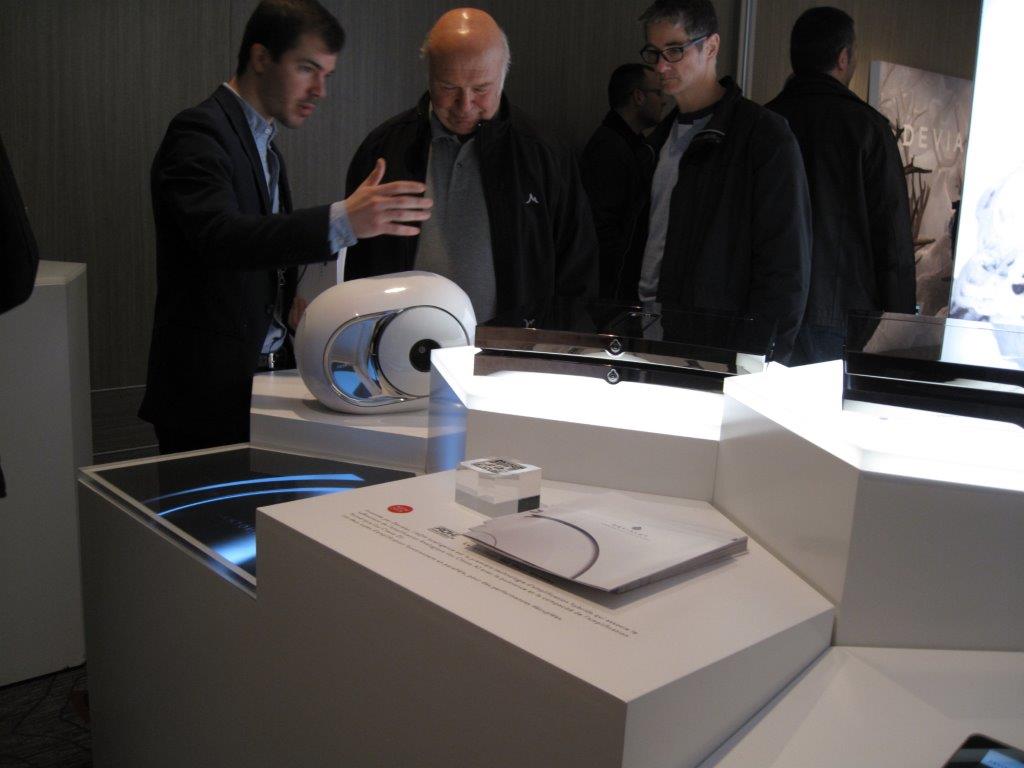
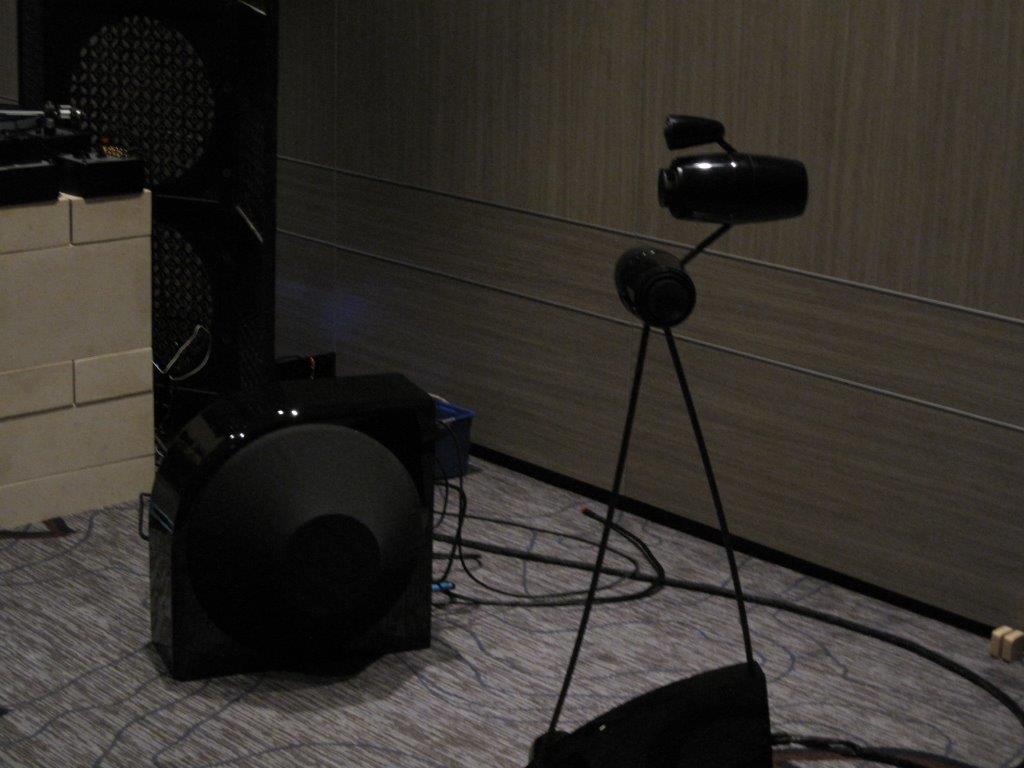
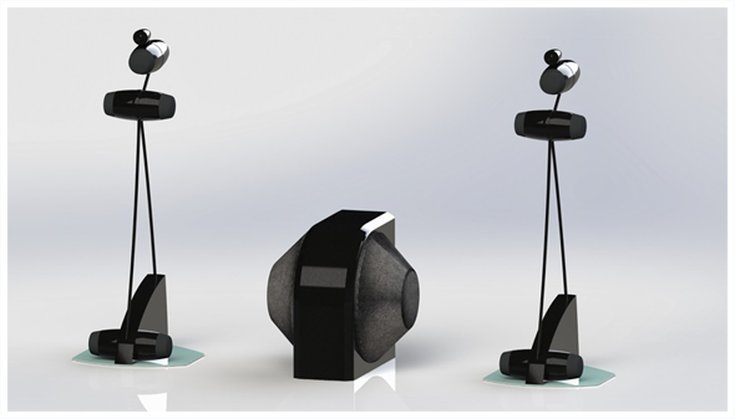
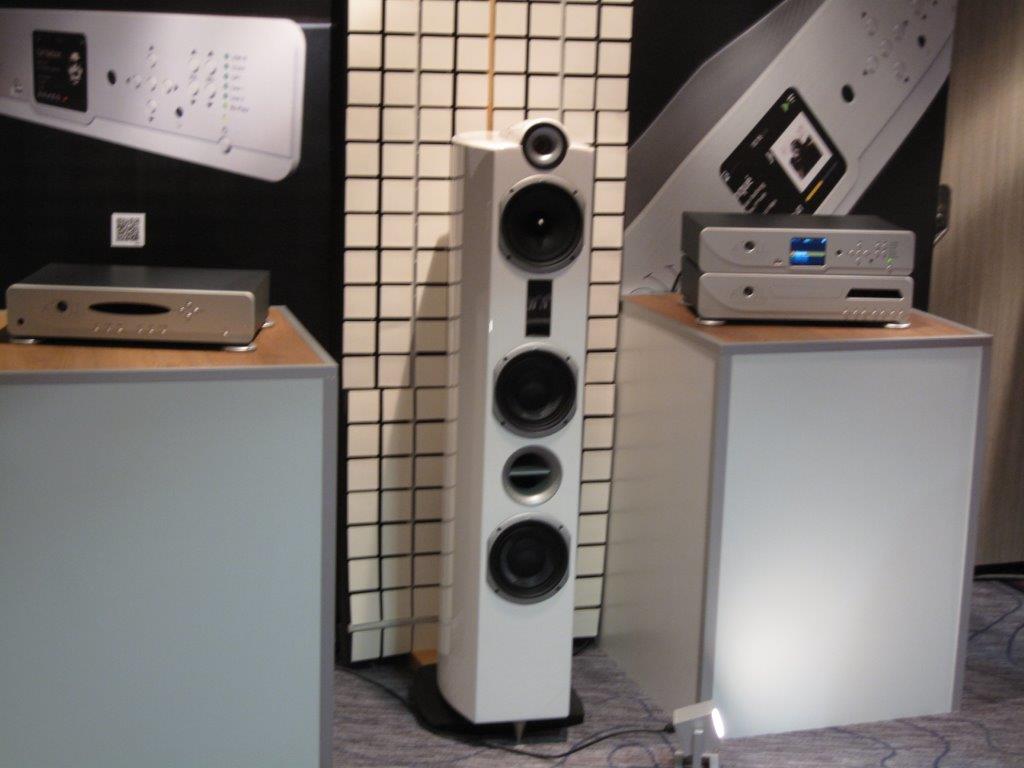
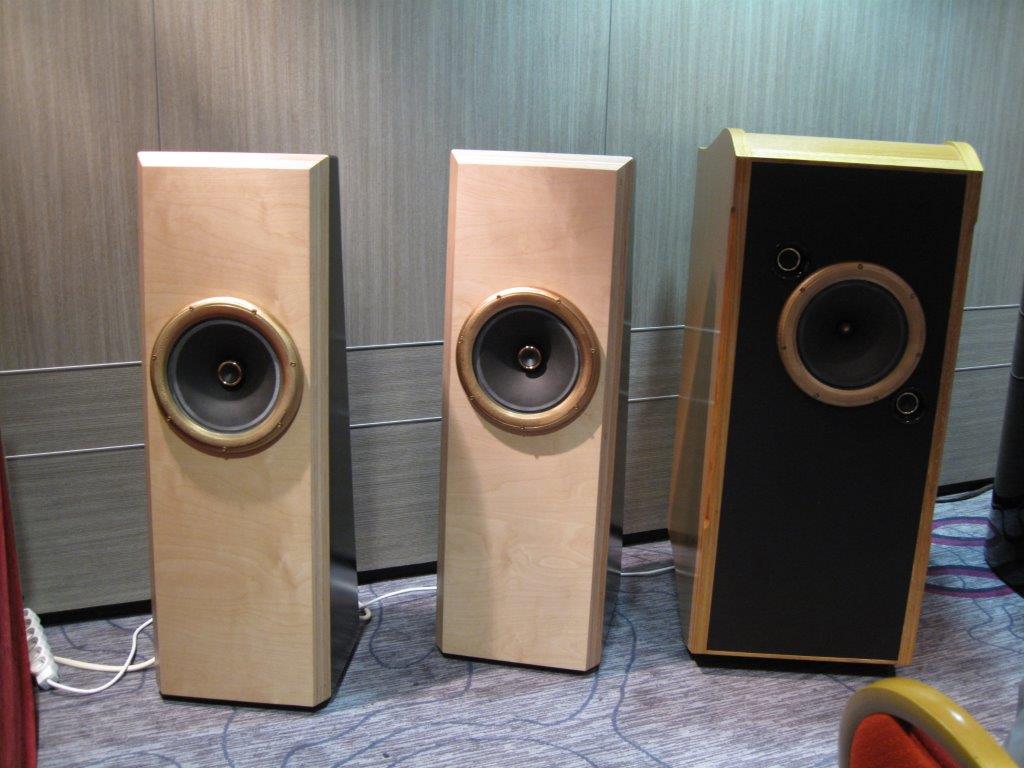
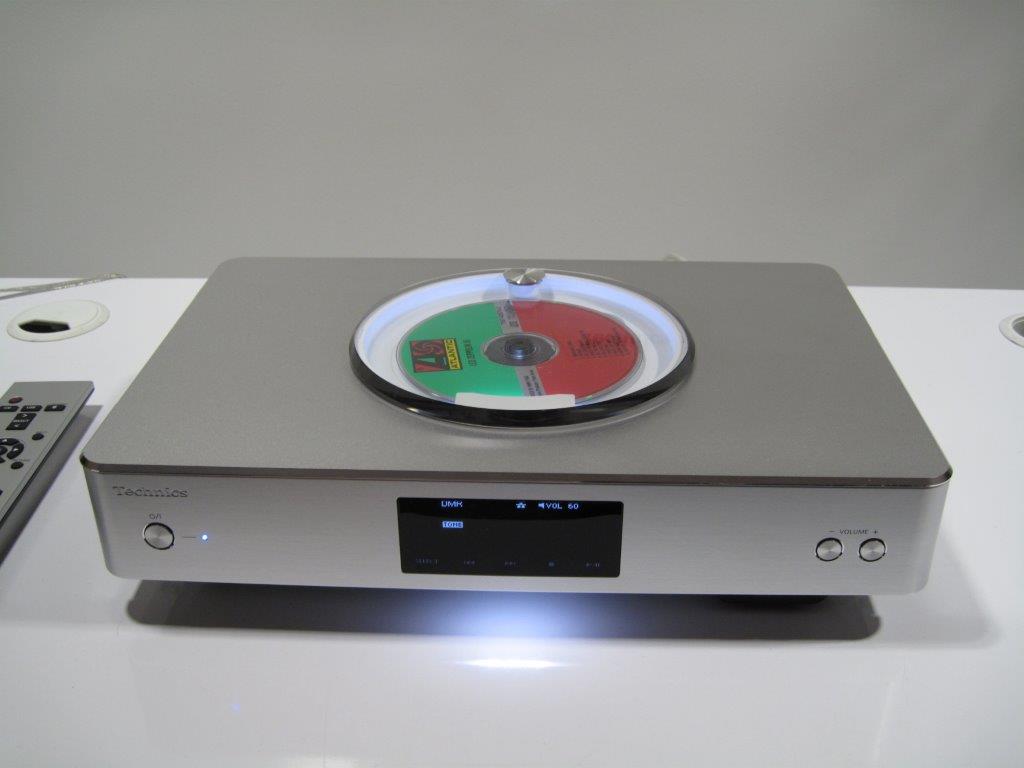
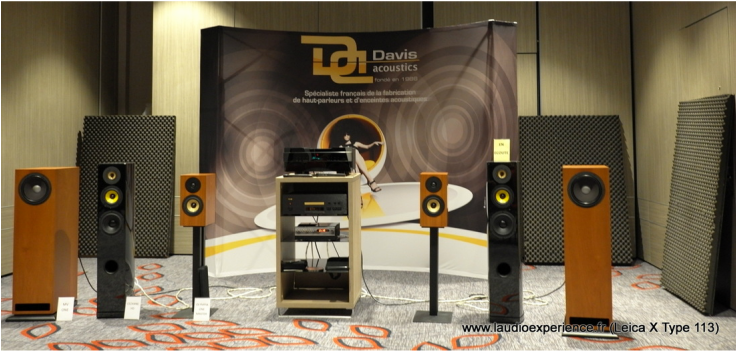
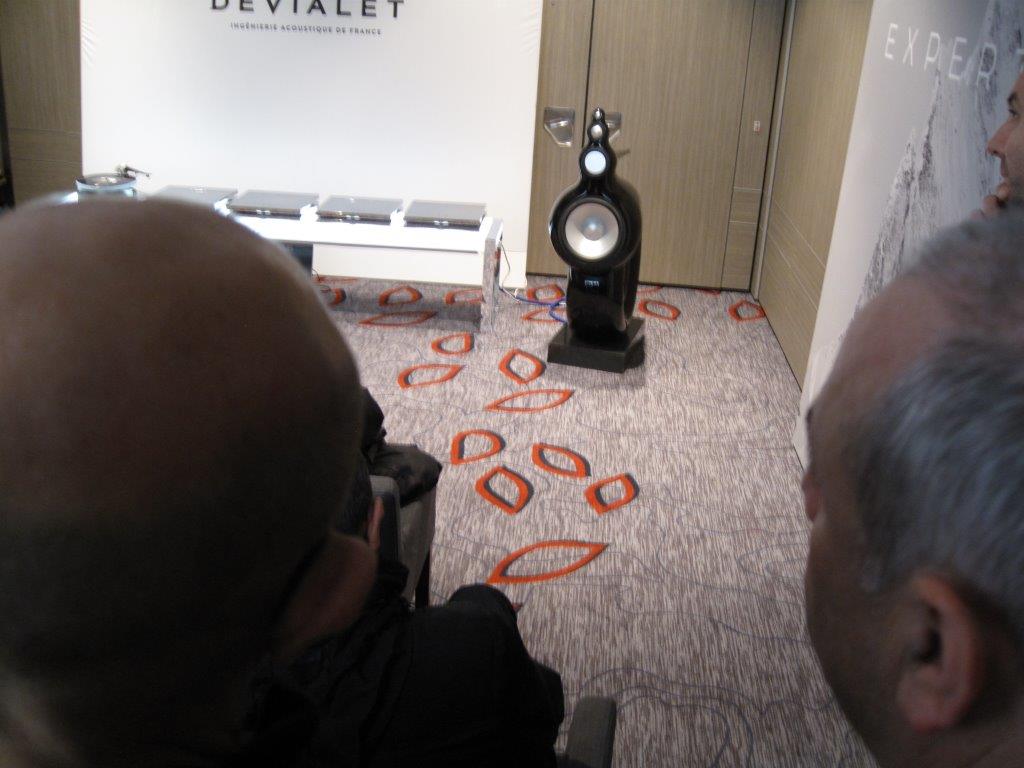
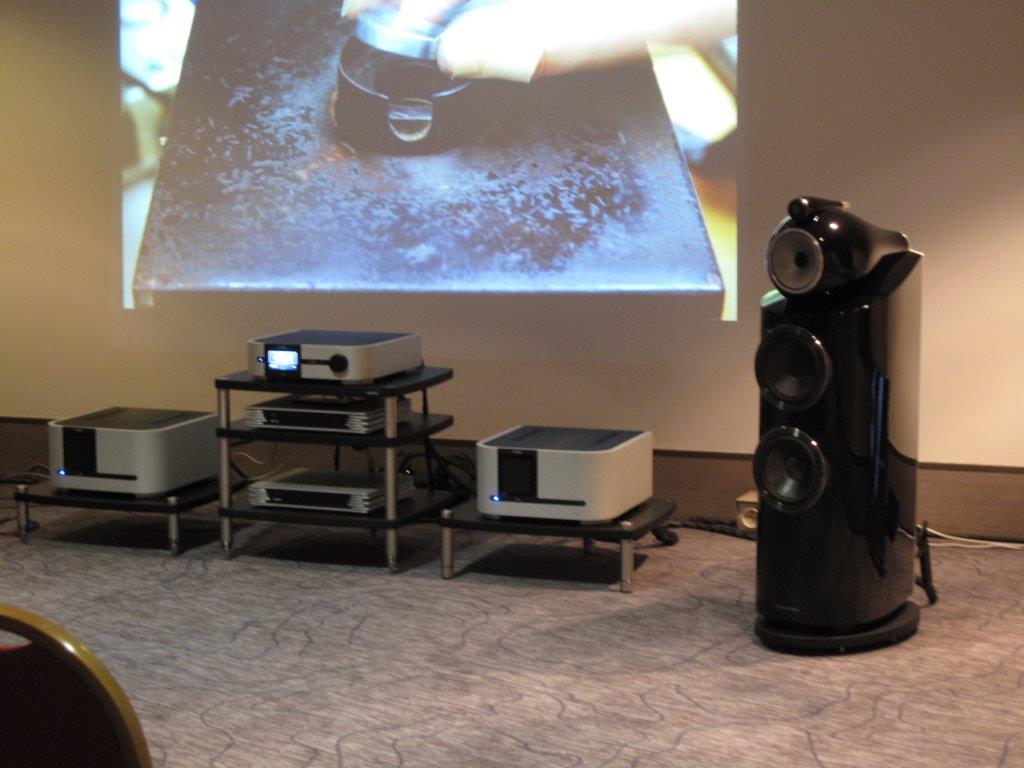
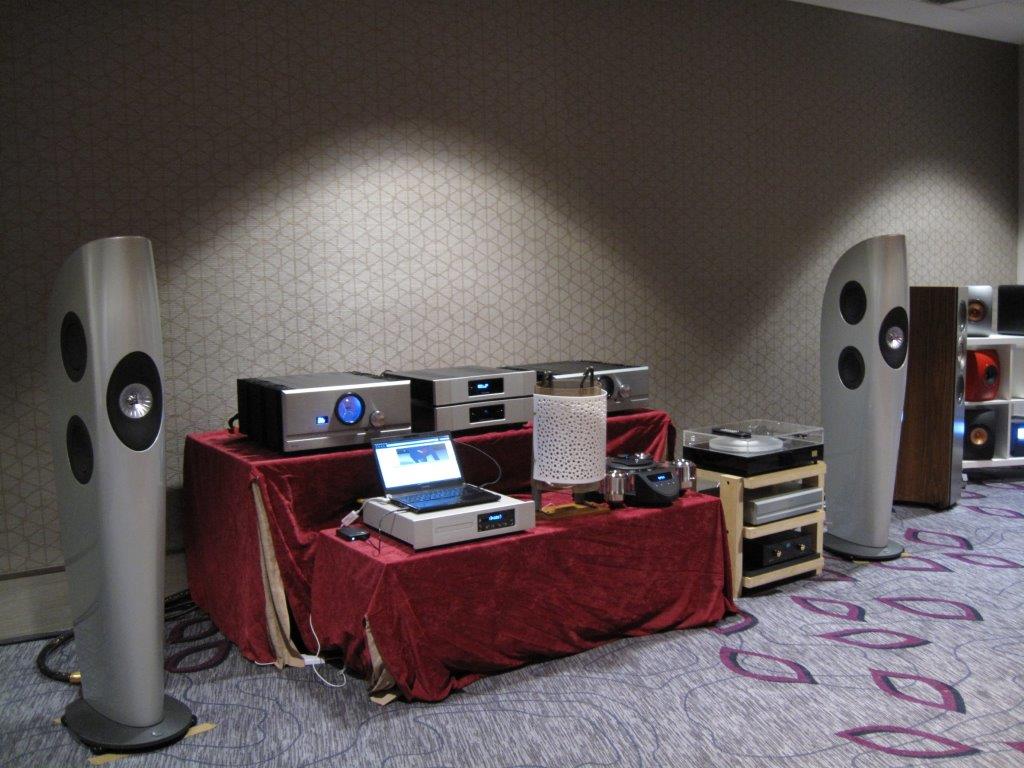
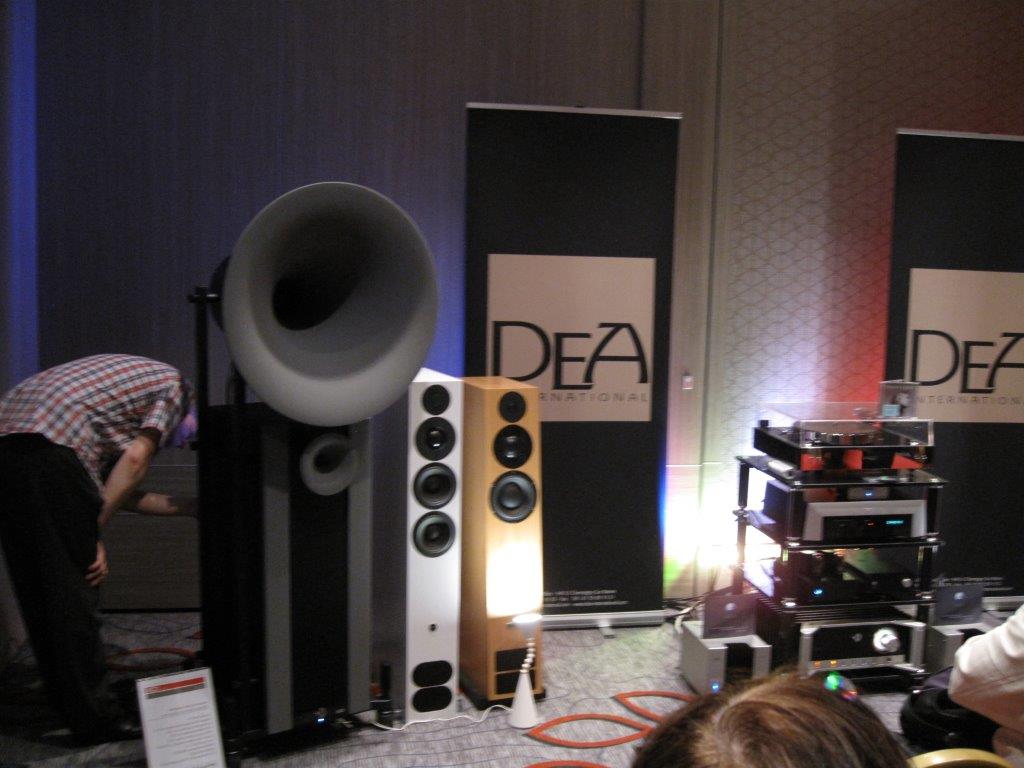
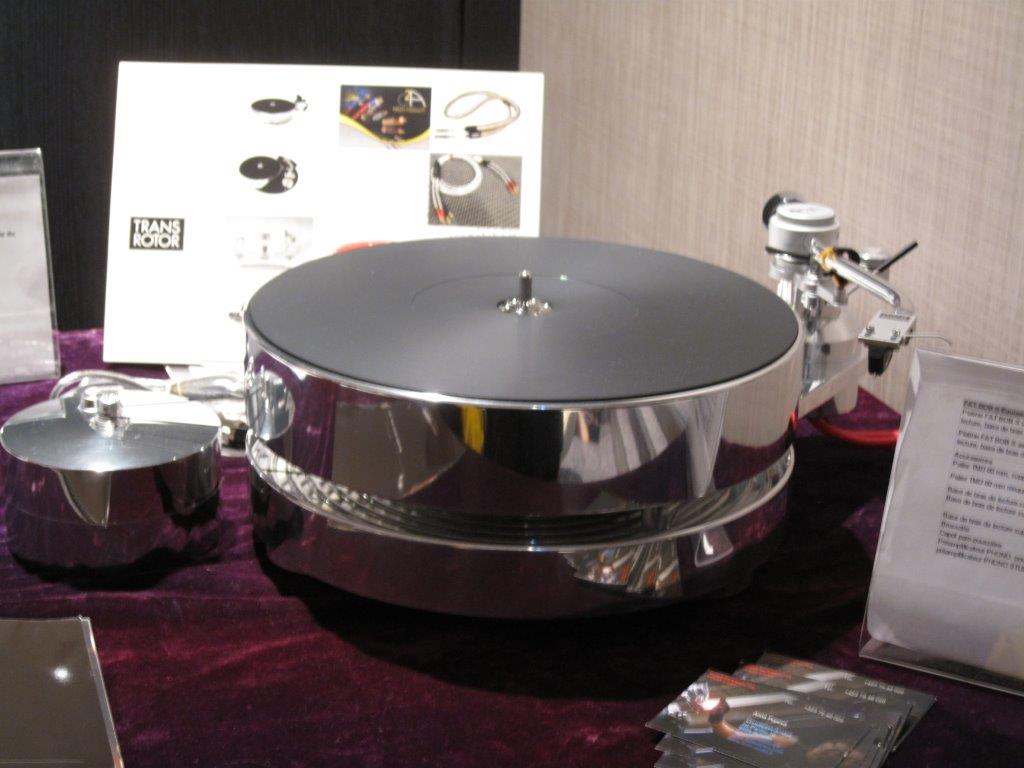
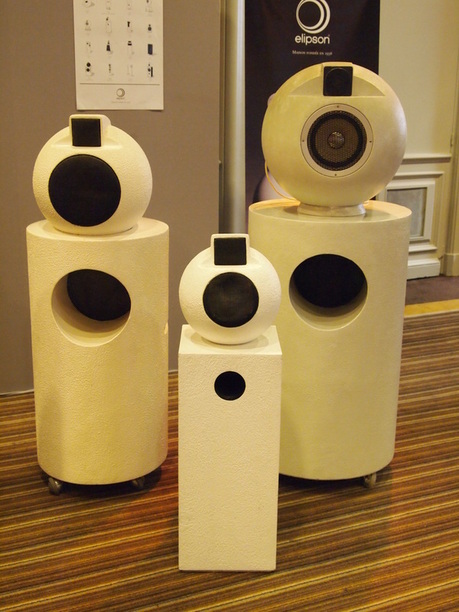
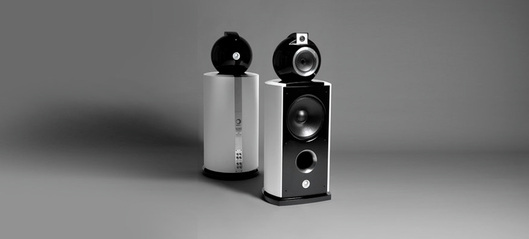
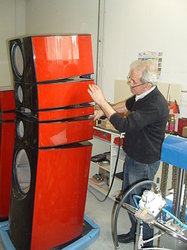
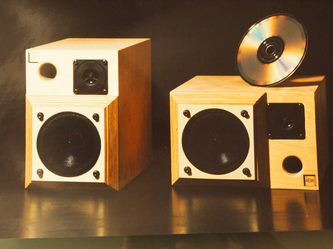
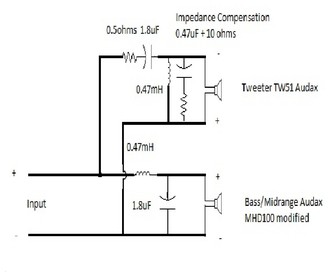
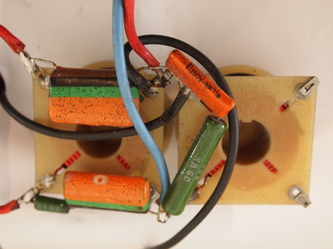

 RSS Feed
RSS Feed
